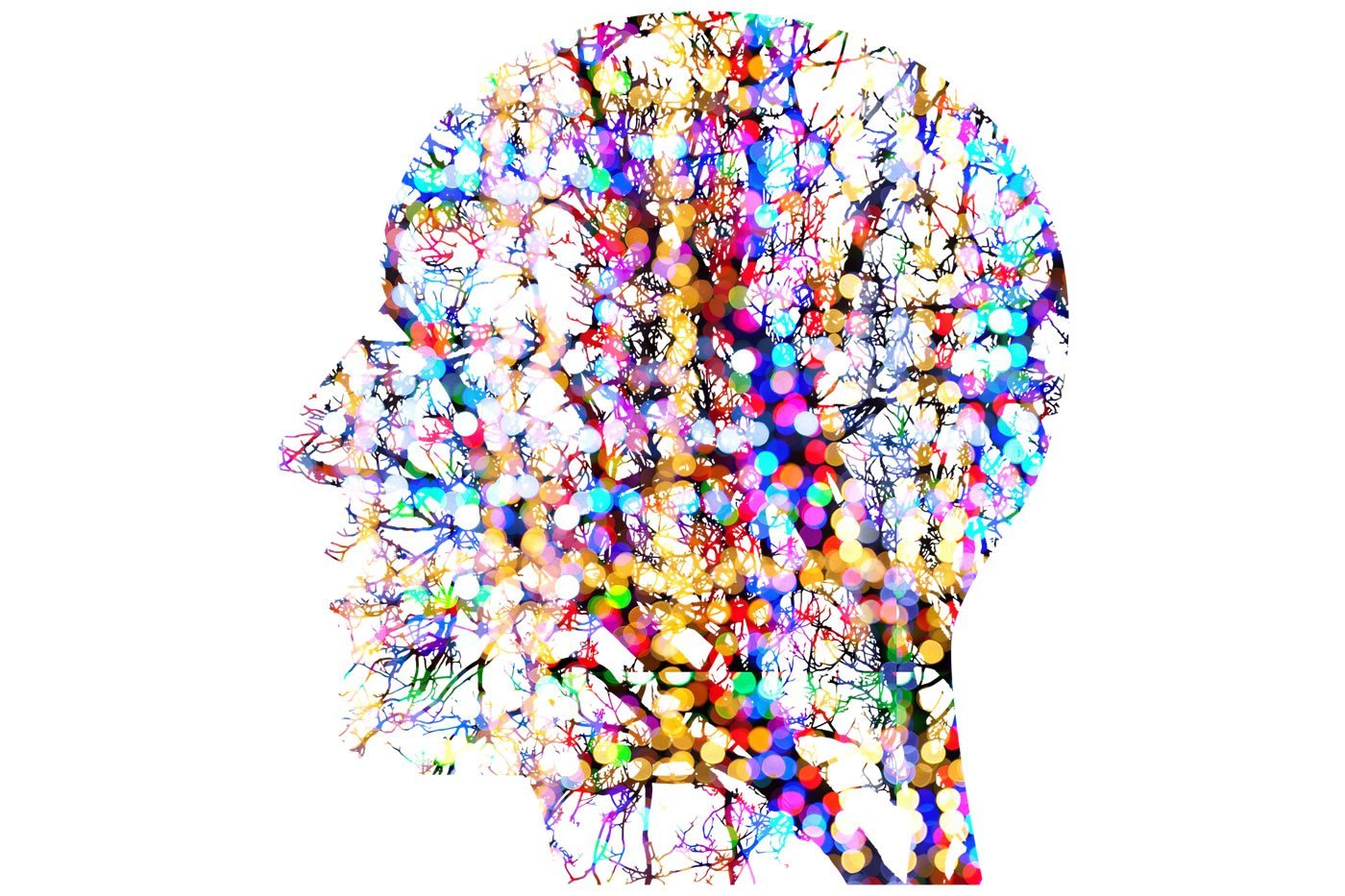Summary: Comparing data from multiple neuroimaging studies, researchers found shared brain structural abnormalities between four psychiatric disorders, including schizophrenia and bipolar disorder. They also identified brain signatures unique to each condition.
Source: Elsevier
Researchers have previously identified brain structural signatures associated with individual neurological diseases using techniques such as magnetic resonance imaging (MRI). In a new study, a team of scientists based in Germany has compared data from multiple studies to find brain structural abnormalities shared between four different neuropsychiatric conditions. The researchers also found brain signatures that were unique to individual conditions.
The work, led by Bernhard T. Baune, MD, PhD, and Udo Dannlowski, MD, PhD, University of Münster, Germany, appears in Biological Psychiatry.
Co-first author Nils Opel, MD, (together with Janik Goltermann, MSc) said of the work, “the identification of shared and disorder-specific brain structural signatures might enhance the future development of biologically informed diagnostic applications in psychiatry.”
The team analyzed data collected as part of the effort by an international research consortium called ENIGMA, for “Enhancing Neuro Imaging Genetics through Meta Analysis,” which uses genetic and imaging studies to understand brain diseases. The 11 multi-center studies collected brain-imaging data from over 12,000 people.
“We found that 4 major psychiatric disorders – major depression, bipolar disorder, schizophrenia, and obsessive-compulsive disorder – show a surprisingly high level of similarity in their brain structural abnormalities,” said Dr. Opel. The shared brain areas showing structural aberrations were mainly in cortical areas associated with cognitive processing, memory and self-awareness.
On the flipside, Dr. Opel added, “we were able to identify regional abnormalities with high specificity for certain disorders.” Interestingly, these distinct structural differences sometimes appeared in the same area for two disorders, but in opposite directions from the norm.
In contrast, attention-deficit/hyperactivity disorder and autism spectrum disorder did not share brain structural signatures with any other disorders. That may be because those disorders are considered developmental diseases with a distinct etiology from the other psychiatric conditions, which have more in common.
The researchers do not yet understand the mechanisms behind the shared structural elements, but a growing body of evidence shows that these psychiatric disorders also share common genetic as well as environmental influences, which might underlie the current findings.

“Our understanding arising from brain imaging studies of the biology of neuropsychiatric disorders is changing,” said John H. Krystal, MD, Editor of Biological Psychiatry. “Initially, we focused on the individual properties of particular patient groups. Then, some imaging studies suggested that neuropsychiatric disorders were dimensionally related. This new study affirms the dimensional relationship among some disorders, but suggests that some categorical distinctions may exist at the biological level.”
The finding of regional abnormalities specific to individual conditions, Dr. Opel added, “could help shift the focus of future psychiatric and neuroscientific research on brain regions that appear to be central to disorder-specific biological processes and hence might facilitate the discovery of mechanisms underlying the development of specific psychiatric disorders.”
About this psychiatry research article
Source:
Elsevier
Media Contacts:
Rhiannon Bugno – Elsevier
Image Source:
The image is in the public domain.
Original Research: Open access
“Cross-Disorder Analysis of Brain Structural Abnormalities in Six Major Psychiatric Disorders: A Secondary Analysis of Mega- and Meta-analytical Findings From the ENIGMA Consortium” by Bernhard T. Baune et al. Biological Psychiatry
Abstract
Cross-Disorder Analysis of Brain Structural Abnormalities in Six Major Psychiatric Disorders: A Secondary Analysis of Mega- and Meta-analytical Findings From the ENIGMA Consortium
Background
Neuroimaging studies have consistently reported similar brain structural abnormalities across different psychiatric disorders. Yet, the extent and regional distribution of shared morphometric abnormalities between disorders remains unknown.
Methods
Here, we conducted a cross-disorder analysis of brain structural abnormalities in 6 psychiatric disorders based on effect size estimates for cortical thickness and subcortical volume differences between healthy control subjects and psychiatric patients from 11 mega- and meta-analyses from the ENIGMA (Enhancing Neuro Imaging Genetics Through Meta Analysis) consortium. Correlational and exploratory factor analyses were used to quantify the relative overlap in brain structural effect sizes between disorders and to identify brain regions with disorder-specific abnormalities.
Results
Brain structural abnormalities in major depressive disorder, bipolar disorder, schizophrenia, and obsessive-compulsive disorder were highly correlated ( r = .443 to r = .782), and one shared latent underlying factor explained between 42.3% and 88.7% of the brain structural variance of each disorder. The observed shared morphometric signature of these disorders showed little similarity with brain structural patterns related to physiological aging. In contrast, patterns of brain structural abnormalities independent of all other disorders were observed in both attention-deficit/hyperactivity disorder and autism spectrum disorder. Brain regions showing high proportions of independent variance were identified for each disorder to locate disorder-specific morphometric abnormalities.
Conclusions
Taken together, these results offer novel insights into transdiagnostic as well as disorder-specific brain structural abnormalities across 6 major psychiatric disorders. Limitations comprise the uncertain contribution of risk factors, comorbidities, and medication effects to the observed pattern of results that should be clarified by future research.






